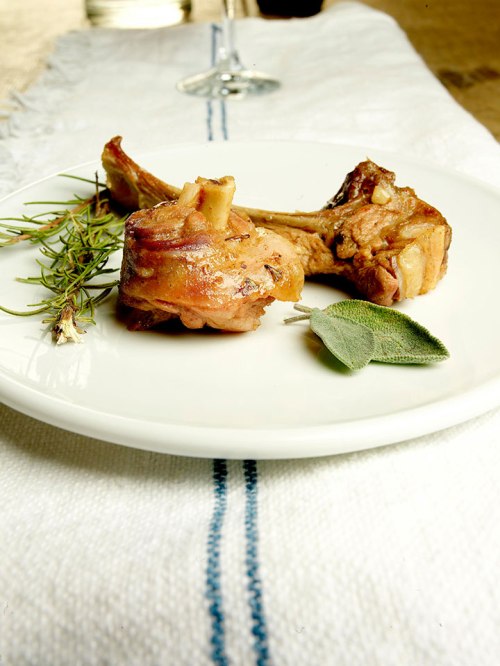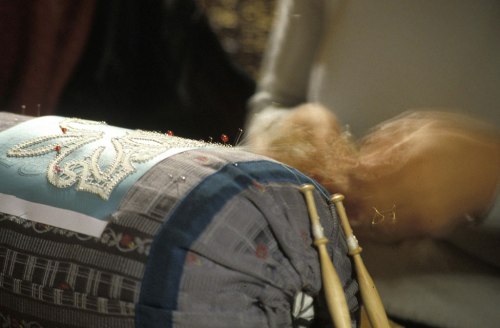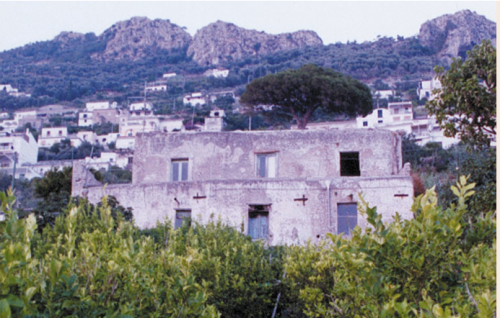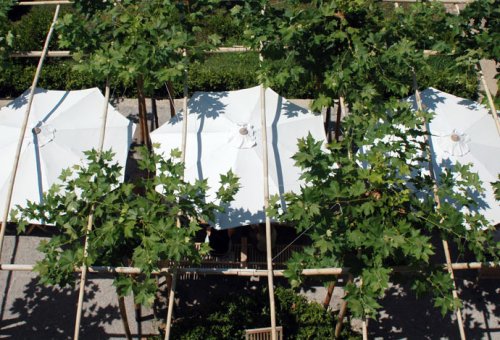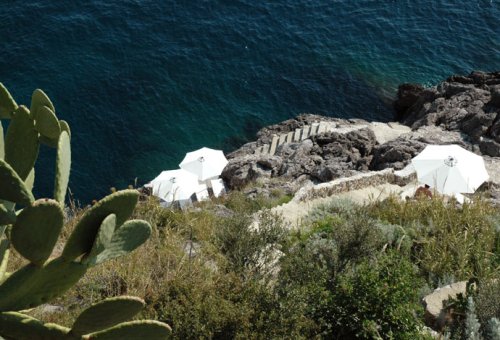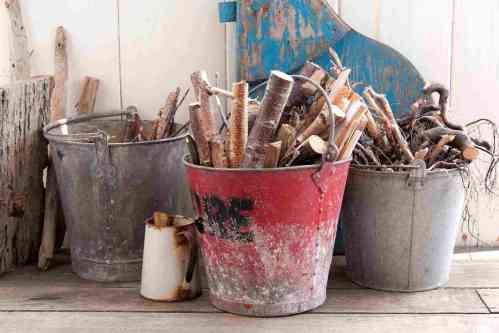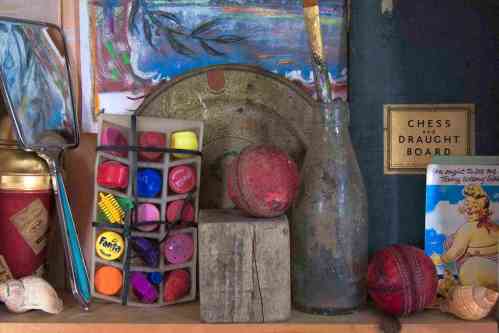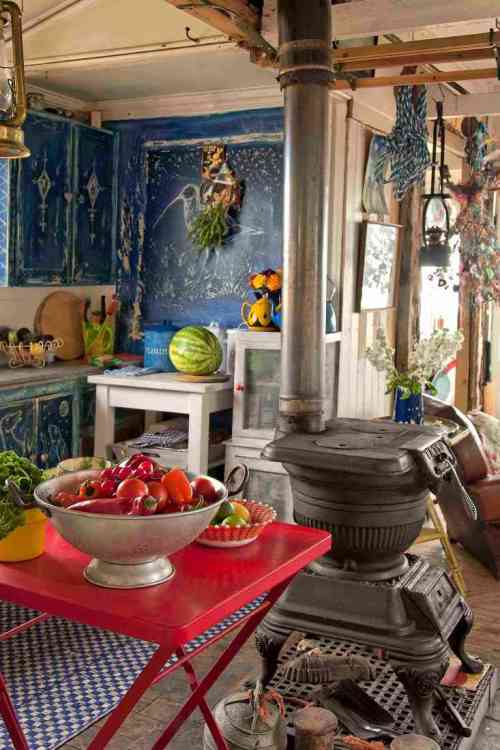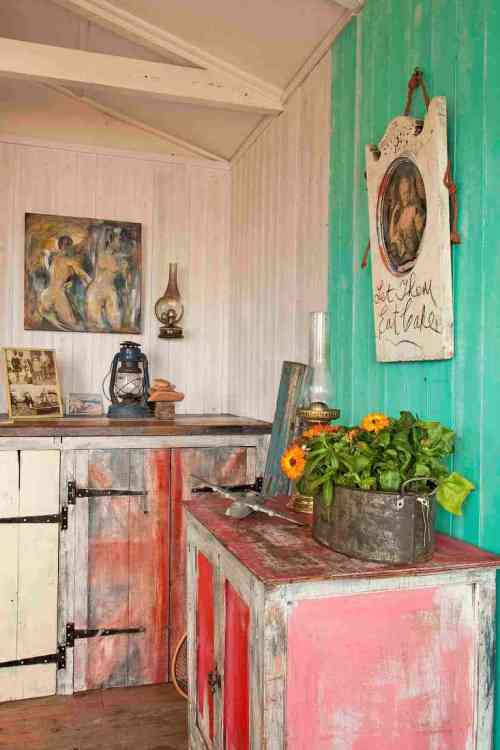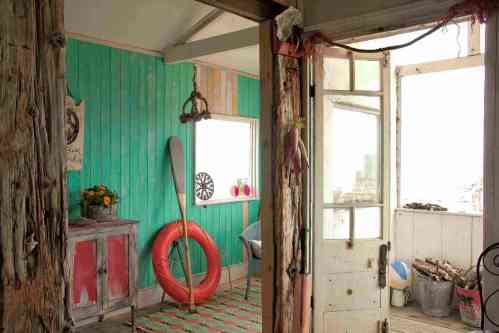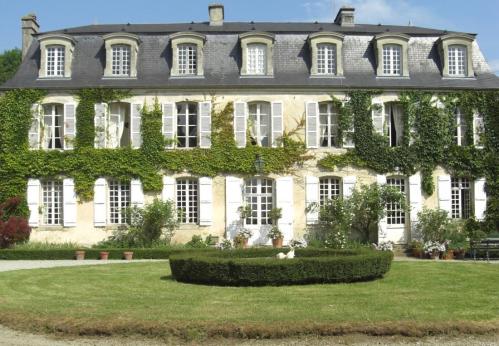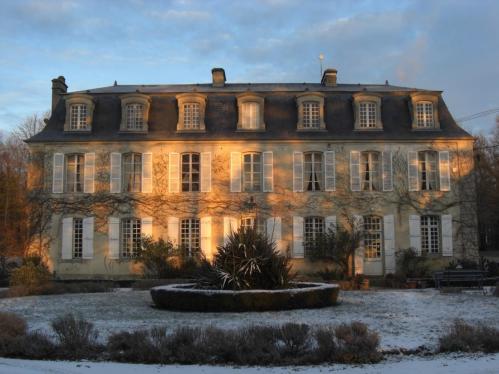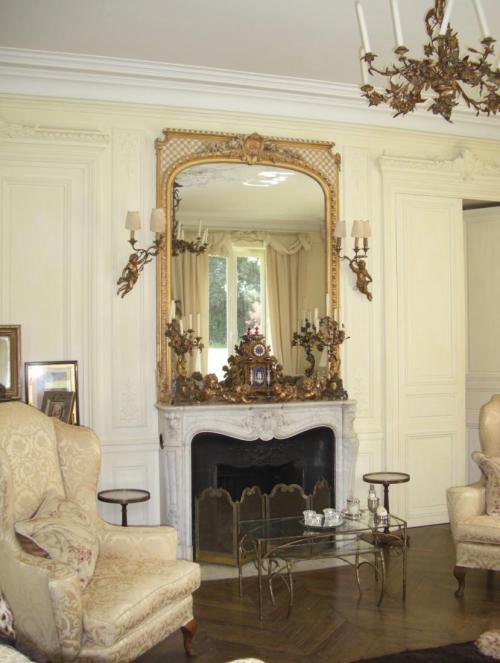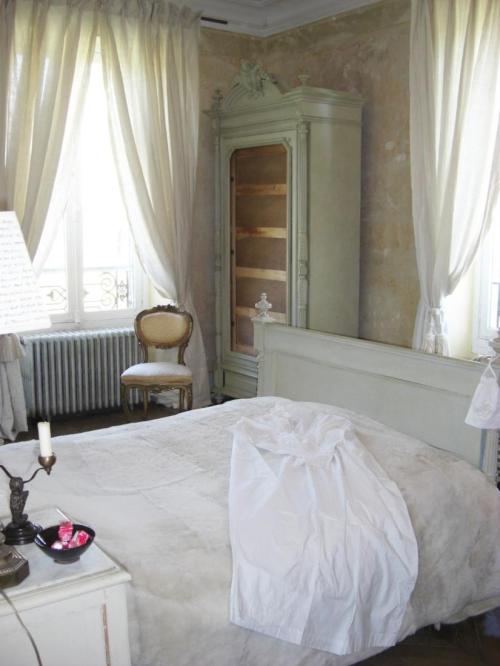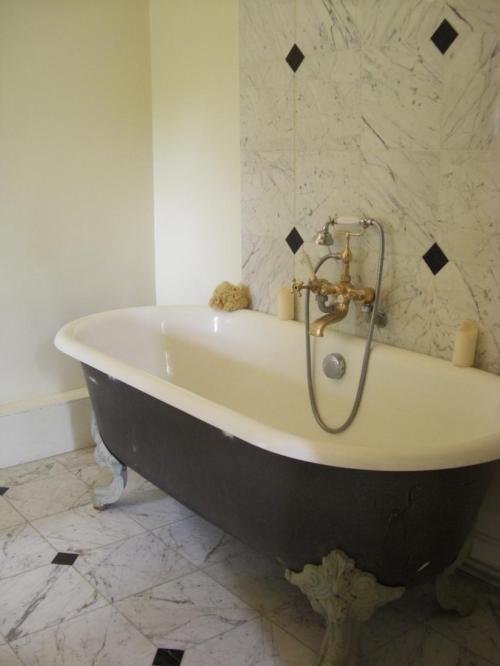The Namib Desert. A four wheel drive, long dusty roads and our mobile home for the following fifteen days.
The Duwisib Castle is a historical monument situated in the heart of our 6,000-hectare farmland built in 1909, by Baron Captain Heinrich Von Wolf. With scenic views and camel thorn trees, it is no wonder the Baron decided to build his fortress at this special location.
Much of the raw materials used in the construction of the fort were imported from Germany. After landing at Lüderitz, the materials were transported by ox-wagon for over 600 mms through the Namib Desert. The castle consisting in 22 rooms.
A frugal breakfast, early in the morning. Me and my husband were heading off on a self-drive camping adventure. We drove 4500 kilometers in two weeks. Our pop-up tent and the small camping table with the cotton checkered tablecloth, camp stove, plastic plates and cups. The caveat: just make sure you always stop and fill up whenever you can for fuel and drinking water because, once you leave the city, you leave the tarmac and you end up in the middle of a beautiful nowhere.
Sossusvlei, Namibia’s famous highlight in the heart of the Namib Desert, is a huge clay pan, enclosed by giant sand dunes. Some of the most spectacular hills of sand are, at a height of 300 m, the highest and largest sand dunes in the world.
Wind continuously reshapes the patterns of the huge dunes of the Namib Desert. It timelessly forces the grains of sand on the flat windward slope upwards to the crest of the dune. Here they fall down in the wind shade. The leeward slope is therefore always considerably steeper than the windward side. Below: it is me on the top of the “Dune 45” like a tightrope walker 300 meters high.
Below: at the top of the “Dune 45”, like a tightrope walker 300 meters high.
Below: Sossusvlei Lodge. We just spent a night here. A real bed has been our reward after so much effort.
Below: Welwitschia Mirabilis. Welwitschia was discovered by the Austrian botanist, explorer and medical doctor, Friedrich Welwitsch, in 1859 in the Namib Desert of southern Angola. This species is called “mirabilis”, which means marvellous in Latin. This plant can live up to 2,000 years.
Below: a local market.
After driving for three hours in the cocent sun, a short break was necessary with a good cold beer. A Tafel Beer of course. It is a fine quality, smooth tasting natural lager with a wholesome flavor and aroma, which makes it perfect for any occasion. This beer has its origins at Hansa Brewery in Swakopmund. Cheers then!!!!!
In the vast arid space of Northern Namibia lies one of Southern Africa’s best loved wildlife sanctuaries: “Etosha National Park”. It is a unique place in Africa.
Zebras and springboks are scattered across the endless horizon, while the few waterholes attract endangered black rhinoceros, lions, elephants, giraffes and a large number of antelopes.
Etosha, meaning “place of dry water”, is enclosing a huge, flat calcrete depression (or pan) of about 5 000 km². The pan itself contains water only after very good rains and sometimes for only a few days each year, but it is enough to stimulate the growth of a blue-green algae which lures thousands of flamingos.
A hippie family from Netherland we met in Etosha Park. They told us that they had gone through the whole African continent on this battered Peugeot. They had two small children with them. Crazy people!
Below: my African kitchen. I’m preparing lunch with avocados and a fruit salad. Light and juicy, and simply fantastic. We had lots of boxes full of food. The ice box made up for my cutting table.
Like two temporary nomads we celebrated the same ceremony every night: we pop up our military tent. We used an iron ladder to reach the jeep’s roof. Our tent was like a tiny dot in the luxuriant nature. The green mosquito net was not enough to protect us from African biting insects. The bed inside was made of a thin mattress with two pillows and a light duvet. The floor was hard on my back and the space was quite small for two adults, but sleeping under a star canopy was making you forget all discomforts.
On the way to Damaraland to find Namibia’s wildlife.
Damaraland is the old apartheid name given to the region south of Kaokoland and north of the main road to Swakopmund.
Above: Twyfelfontein Lodge.
In front of a roaring fire with our local friend and guide, Silvio, who is now running a very cozy restaurant at the lighthouse in Swakopmund with his wife Esbi.
Above: on our way to Skeleton Coast we had to cross a dry river bed. My husband had to lower the tyres’ pressure in order to float over the deep sand. Our reliable Toyota never let us down.
The Sunday picnic with Silvio and Esbi on the coast.
The Skeleton Coast is named after the beached whales and seal bones which covered the shore area when the whaling industry was still active. It generates its fair share of “human bones” too…
Skeletal shipwrecks caused by rocks offshore in the fog. More than a thousand vessels can be found along the coast!
Good morning Africa! Sand’s everywhere and, under the scorching sun, water becomes the most precious element. It seems you have never enough. Are we too spoiled by our so called civilization?







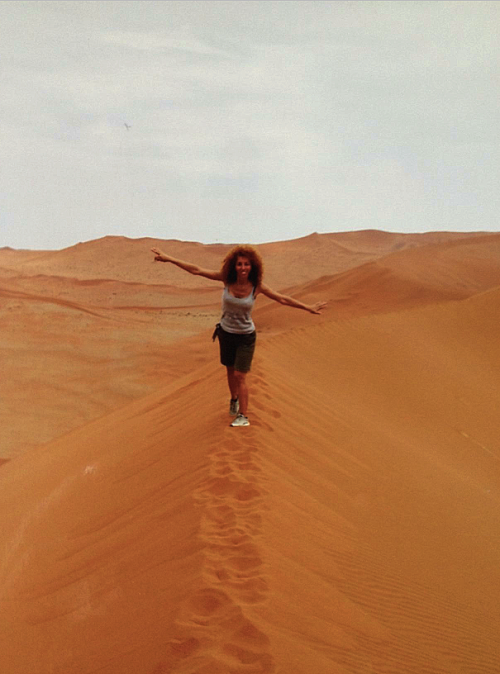

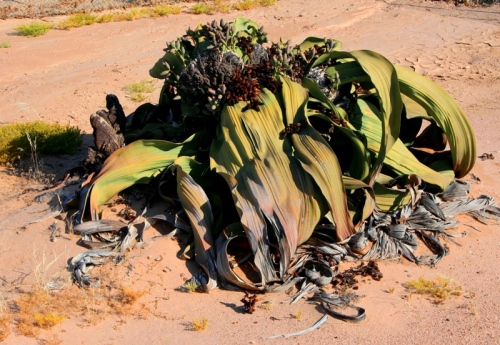

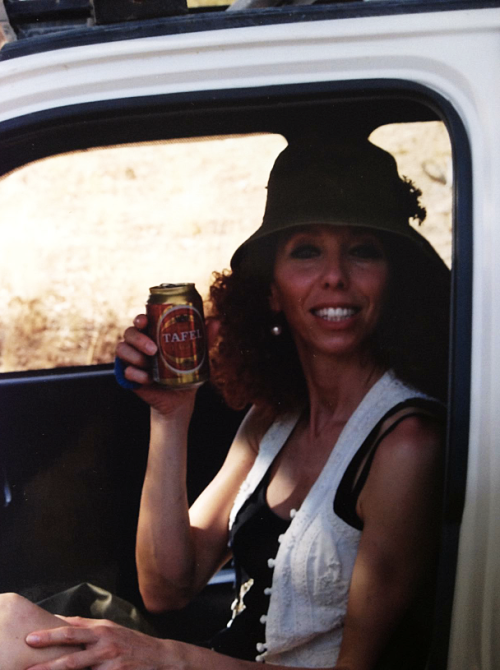
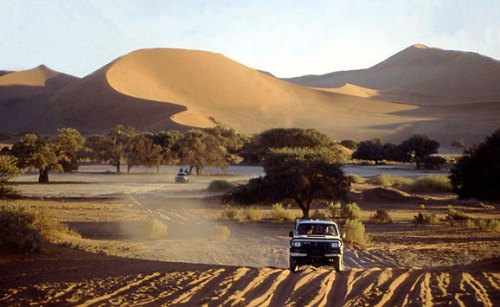










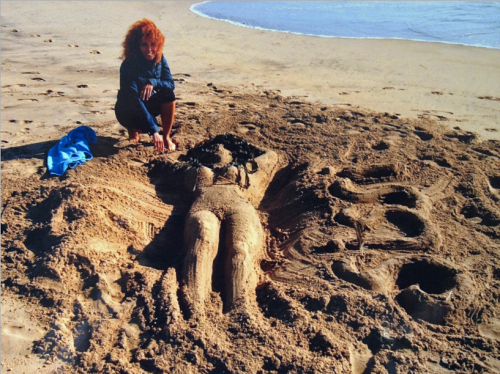



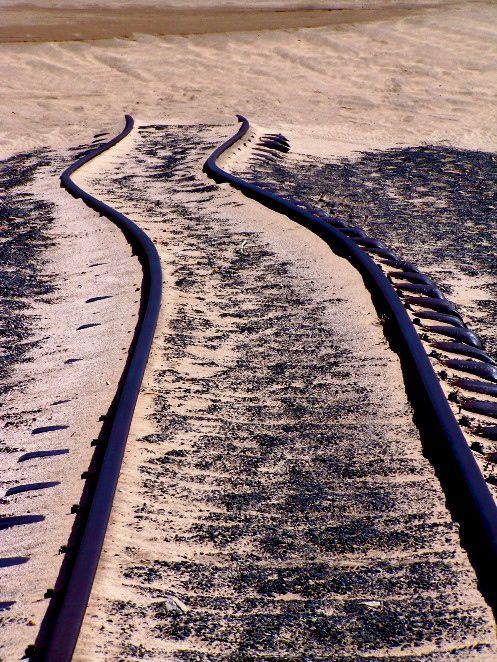

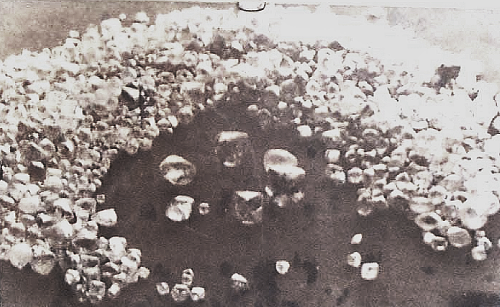






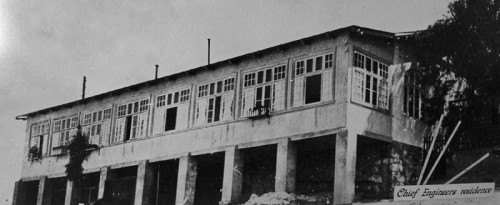


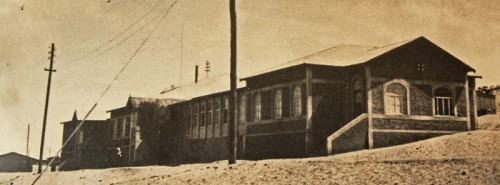





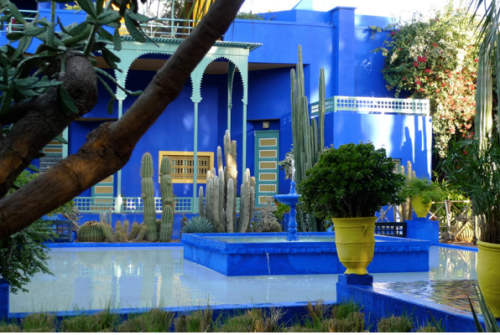

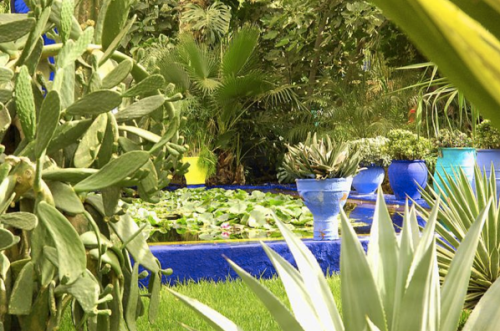







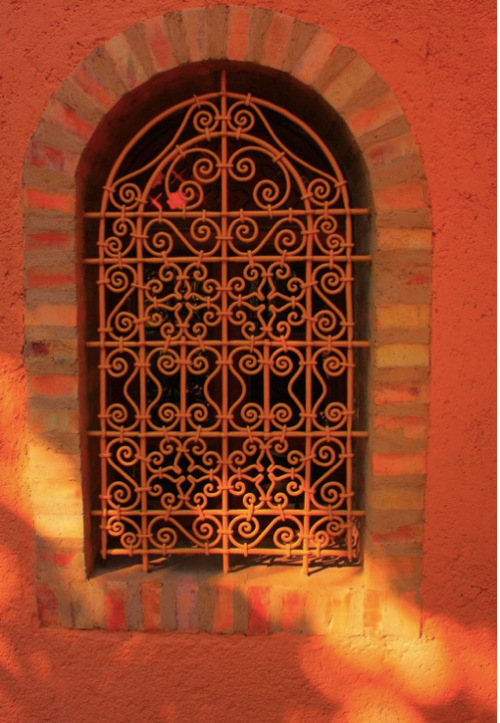

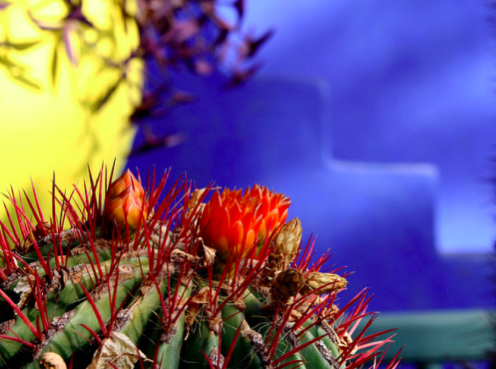
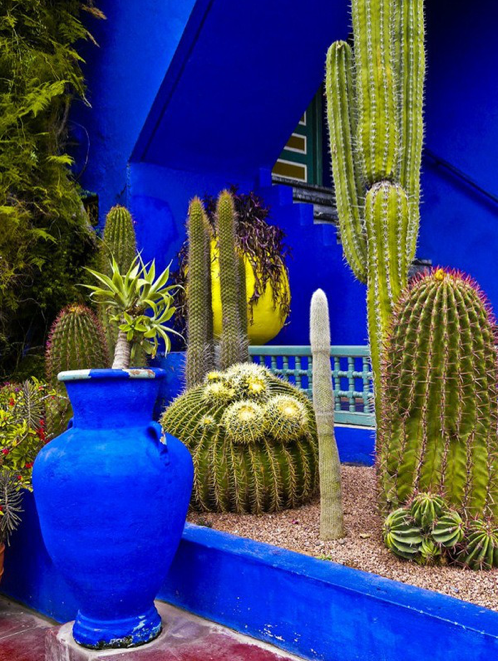



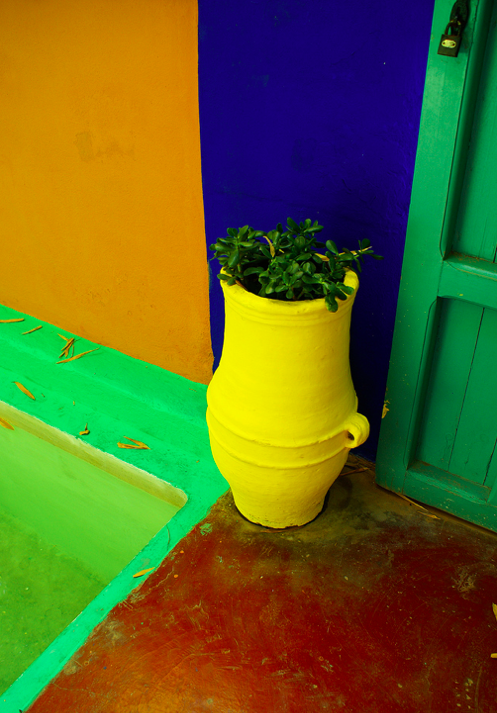








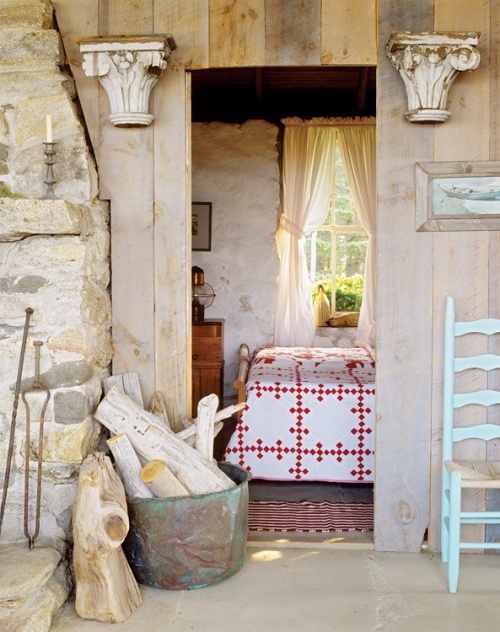











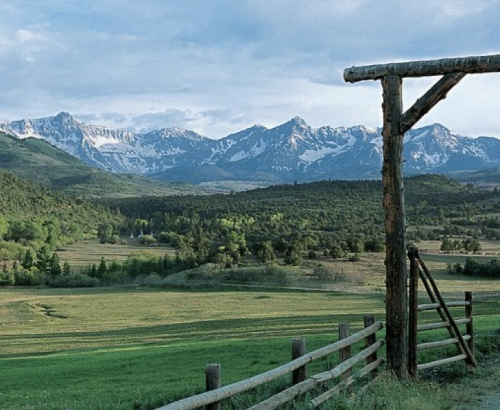





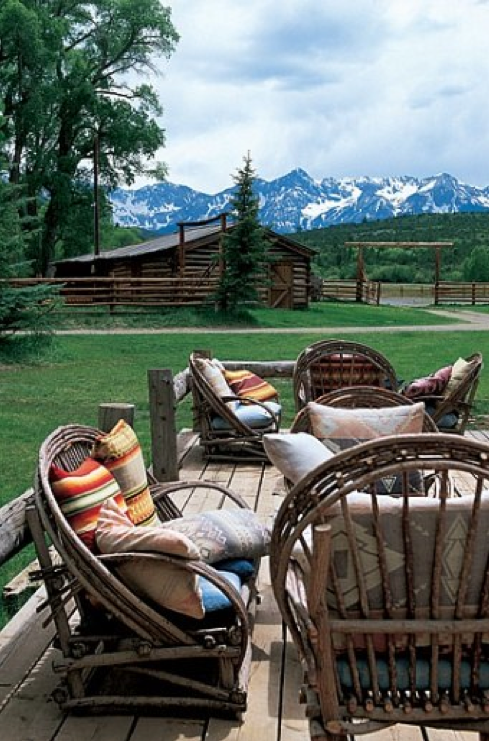

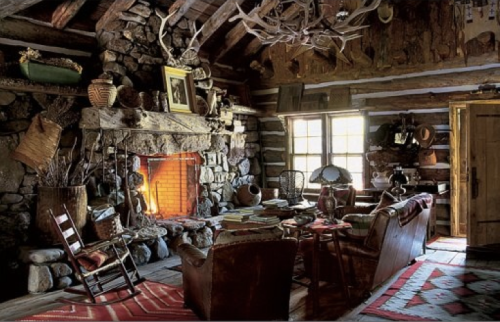



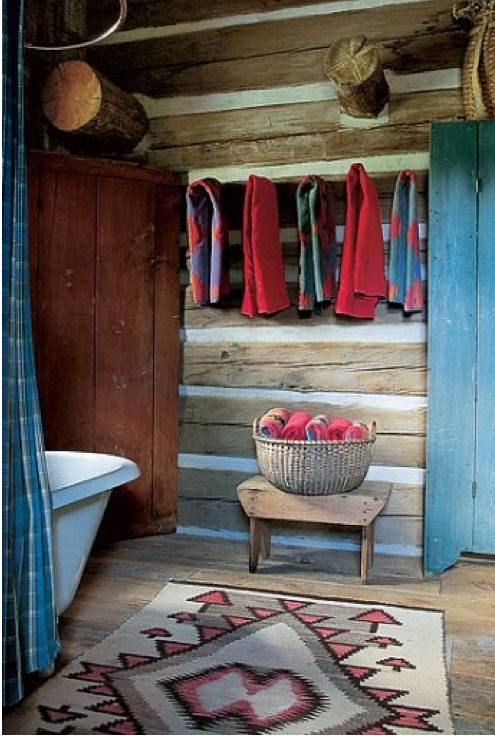
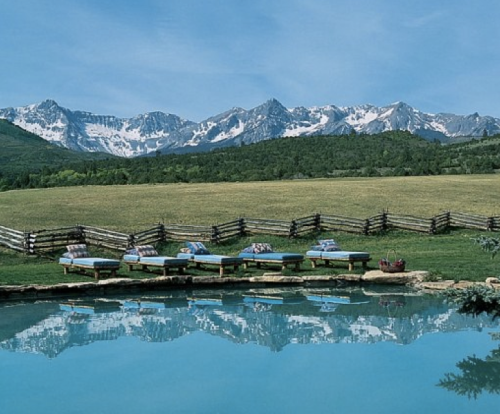




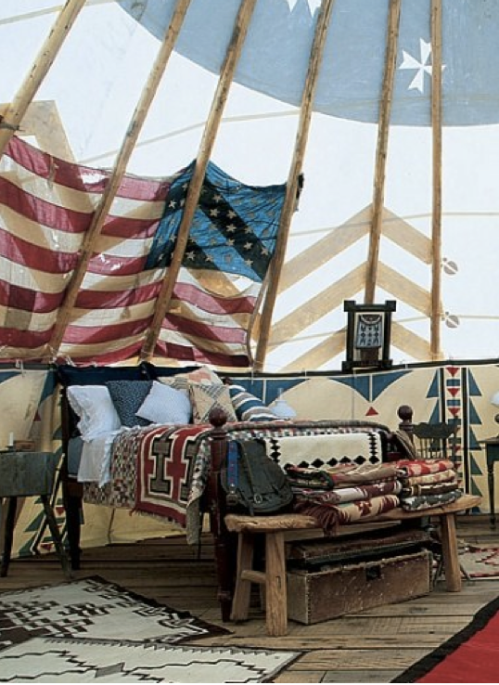











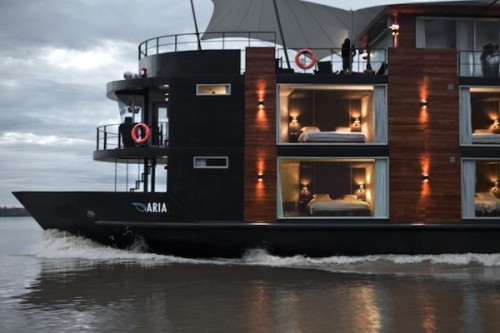

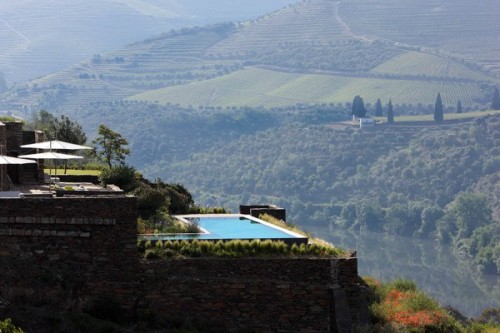






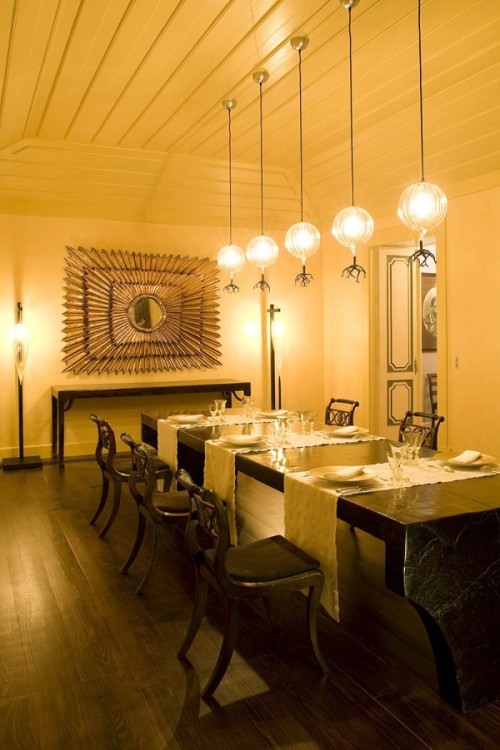







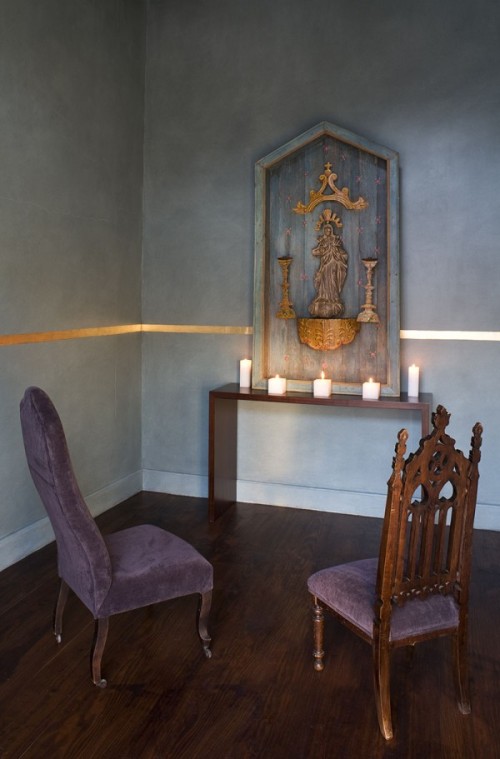





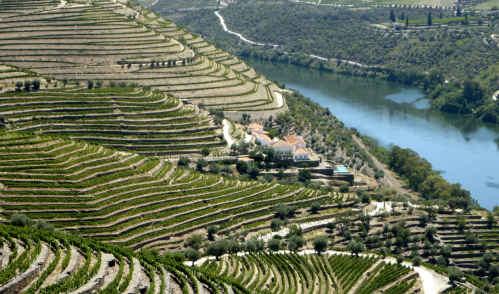



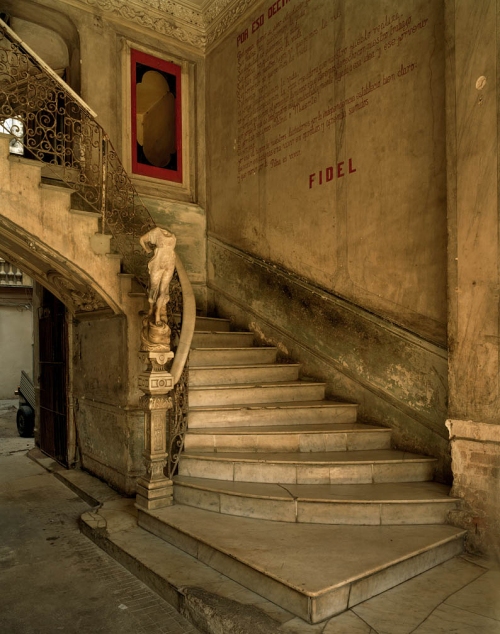







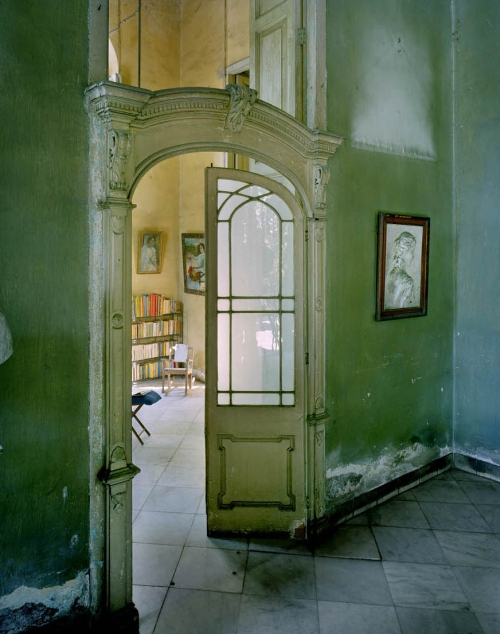


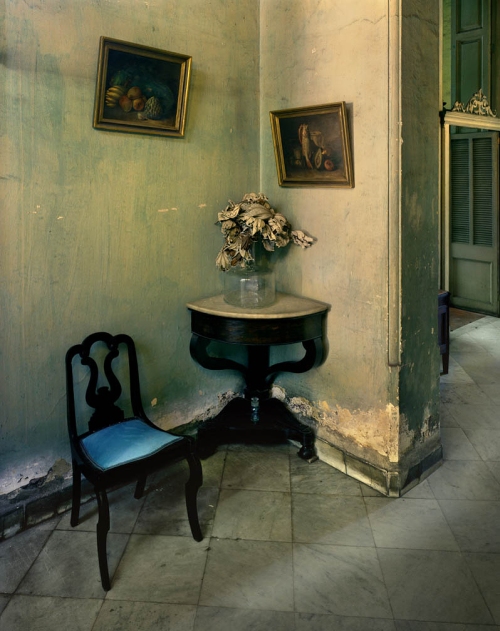



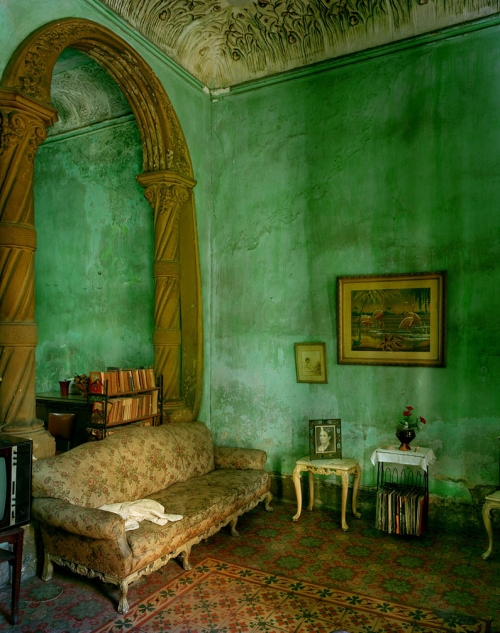










![esterni-08_thumb[1]-1](https://ilovecuriosity.files.wordpress.com/2013/01/esterni-08_thumb1-1.jpg?w=500&h=328)
![esterni-06_thumb[1]-1](https://ilovecuriosity.files.wordpress.com/2013/01/esterni-06_thumb1-1.jpg?w=500&h=328)

![ristorante_thumb[1]-1](https://ilovecuriosity.files.wordpress.com/2013/01/ristorante_thumb1-1.jpg?w=500&h=306)
![camere-05_thumb[1]](https://ilovecuriosity.files.wordpress.com/2013/01/camere-05_thumb1.jpg?w=500&h=300)
![02-camera_della_fornacella_thumb[1]](https://ilovecuriosity.files.wordpress.com/2013/01/02-camera_della_fornacella_thumb1.jpg?w=500&h=306)






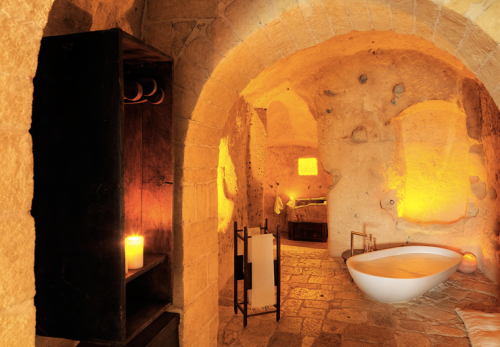


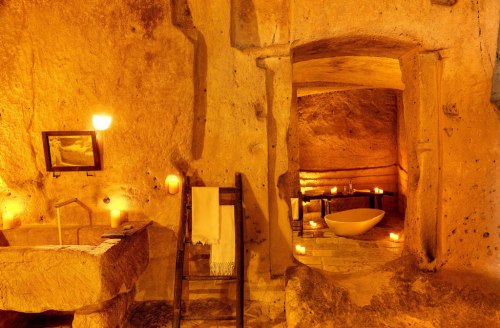
![territorio-06_thumb[1]-1](https://ilovecuriosity.files.wordpress.com/2013/01/territorio-06_thumb1-1.jpg?w=500&h=328)
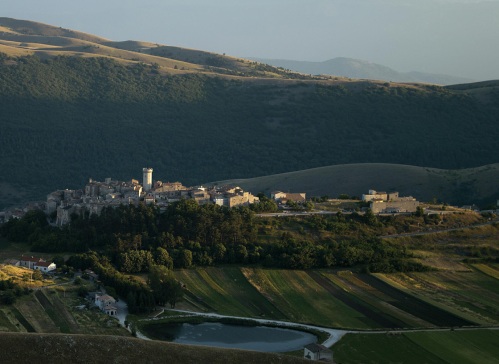
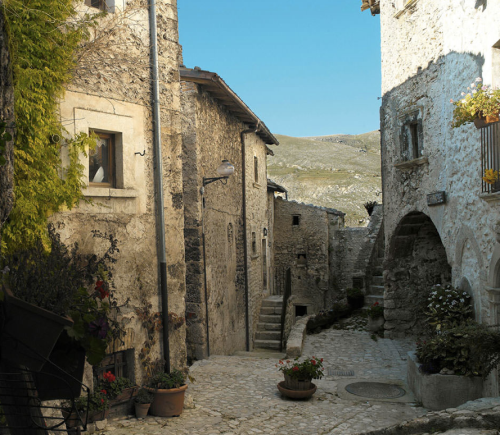

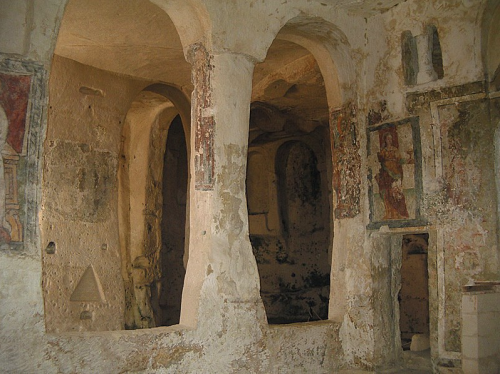








![14-le_travi_thumb[1]](https://ilovecuriosity.files.wordpress.com/2013/01/14-le_travi_thumb1.jpg?w=500&h=306)
![19-la_stalla_thumb[1]](https://ilovecuriosity.files.wordpress.com/2013/01/19-la_stalla_thumb1.jpg?w=500&h=306)
![11-stanza_sulla_scala_di_legno_thumb[1]](https://ilovecuriosity.files.wordpress.com/2013/01/11-stanza_sulla_scala_di_legno_thumb1.jpg?w=500&h=306)






